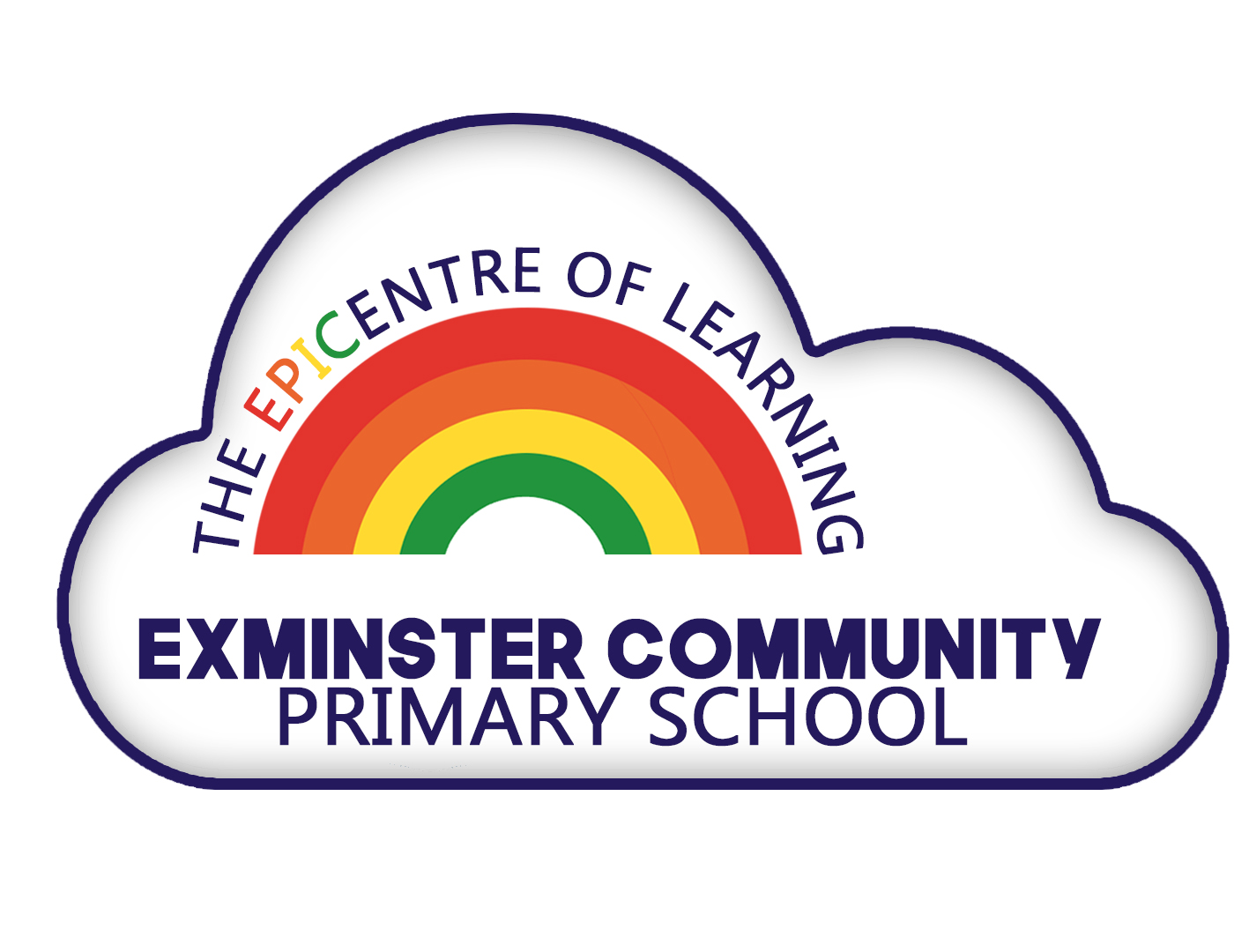Our curriculum is designed with overarching whole school themes. These may relate to world events and always have a whole school focus. This year our themes have been The Best of British, Diversity and Road to Rio.
The curriculum starts with pupil voice. Children are presented with the overarching theme and ask questions and present their ideas and interests. These ideas are then incorporated into the progression of skills for each year group and subject, covering the objectives for that year group.
Each year group has a ‘Big Question’. The big question is constructed from the children’s ideas, with questions leading up to answering this. Year 3 diversity example:
The Big Question: What is Diversity?
Why can’t we all be the same?
Why do different people have different coloured skin?
How diverse is our school?
What different dances are there around the world?
What are the symbols of different cultures?
Memorable experiences and ‘Wows’ are built into the curriculum, linked with the topics. Buzz boards are created showing the children’s questions at the beginning and ongoing questions that demonstrate the answering of these.
Examples of the ‘Big’ question for the Spring term were:
Year 1 – How do different people live around the world?
Year 2 –What can we find out from dragons around the world?
Year 3 – What is diversity?
Year 4 – How did Britain change from the Stone Age to the Iron Age?
Year 5 – How might learning about different localities affect our understanding of the local area?
Year 6 - What are our responsibilities for enabling a diverse and equal society?
This term our focus is on our Rainbow Values and also ‘Austin’s butterfly’. Follow this link to find out more about Austin’s potential: https://www.youtube.com/watch?v=hqh1MRWZjms&noredirect=1 We aim to ensure children have time to self and peer reflect, critique each other’s’ work and develop the growth mindset by taking pride in their work and the belief that everybody has ‘an Austin’ in them.
The objectives are broken down in each year group into a series of ‘Can I’ statements which children regularly reflect on.
How does our curriculum meet the needs of learners?
Home learning Year 2-6 is child-led for topic work. One half term is ‘Pick and Mix’ activities, the other half term is an accumulative project. For ‘Pick and Mix’, children have a range of different activities to choose from, choosing one each week and presenting how they choose. These range from presentations, models, art/music stimuli etc. The aim is that children are leading their learning and choosing an aspect of the topic that they wish to explore. The next half term, children are given a general theme and plan and complete the project over a series of weeks. This project ends with a sharing session with another year group and/or parents, celebrating and commenting on one another’s learning. Topic work – the aim is ‘high ceiling’ tasks where children have some choice in the path they follow Through the learning behaviours, introduced in EYFS and progressed into each year group, children are involved in the learning behaviours of engagement, motivation and critical thinking across the curriculum. How is the curriculum adapted? Adapted on a termly basis, based on how the children are steering the curriculum with their interests, eg. World War 2 in Year 2 due to how the children led it, focus on grandparents and experiences in the war and a grandparents day with toys then and now. Enterprise half term focus in Summer 2 2015 to look at ‘growing £1.50’. Children doing market research, balancing accounts, advertising, making, selling to raise money for a whole school outcome – piece of equipment for the Timber Trail. Aspects built into the curriculum based on responses and events eg. Elections in Summer 1 2015 within KS2, current Year 6 following the news, learning about the structure of government, learning about the political parties and what they stand for, creating their own political parties and policies that are important to them, political debate and election. Needs to year groups becoming apparent eg. Additional sessions built in on e-safety, review of e-safety curriculum and how this will be built on in future years. Starting point of what the learners already know, cold and hot tasks part of maths and English curriculum. Being built more into foundation work this year. Curriculum adapted for individual learners, differentiated through resources, support, outcomes and tasks.
Termly class assemblies, parents invited to watch their child’s class assembly giving an overview of their learning for that term. Family SEAL for Reception Spring and Summer term each year, giving a series of 4/5 sessions, adult session and child and adult session, looking at social, emotional aspects of learning and how the school develop the PSHE curriculum POP UP Family SAL sessions for other year groups. 2015.2016 POP UP for Year 1 Autumn 2015, Year 4 Spring 2016, Year 6 Exit Family SEAL Summer term. Home learning invites at end of half terms, parents invited to share and comment of the year groups home learning Curriculum workshops: 2015.2016 – Growth mindset, maths games KS1, maths games KS2, Reception reading, KS1 reading, KS2 reading, e-safety Involvement of parental community and local community to offer expert sessions to children eg. ‘People who help us’ (Reception and Year 1), Grandparents sharing of toys (Year 2), World War two experiences/family links (Year 2), Magistrates (Year 6), Humanism (Year 6), Understanding Islam (Year 6), Foods from around the world (Year 1), DT week (Year 2). Our termly curriculum letters, weekly letters in Reception and Year 1 and home learning letters in other year groups, give an overview of the learning and how to support this learning at home.






